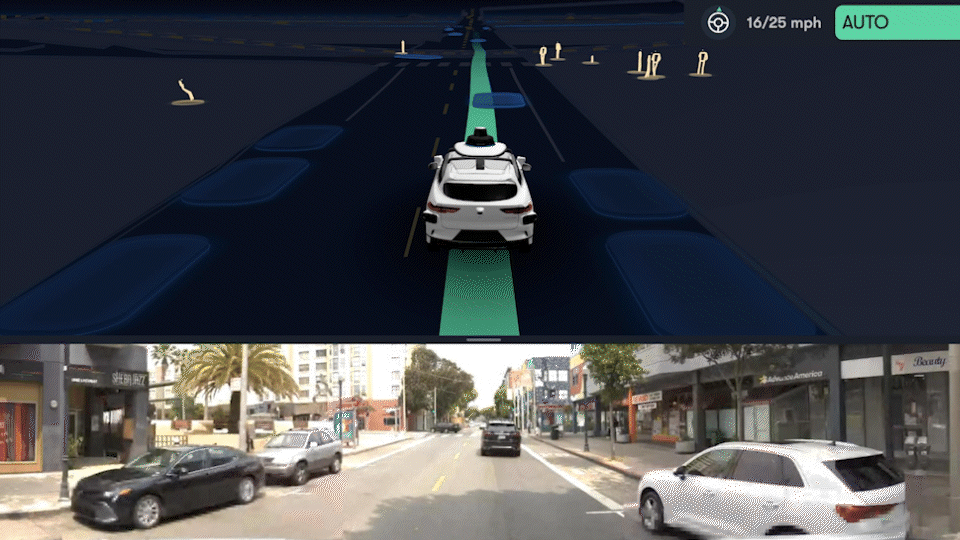Humans don’t have had maps they have very sparse, imprecise maps. I can’t tell you with cm resolution what the wife every road or lane I drive daily. I can’t even do that with my bedroom.
What is the point of high precision map if you have no idea if it’s accurate (up to date) or not ?
Then there are all these folks arguing car can automatically generate HD map and send it back home to keep it updated. If the car can generate HD Maps at run time, why do you need them beforehand ?
Humans aren't a good comparison because we don't drive to the level of safety that autonomous cars need. We have what I'd call relaxed rules. I don't have to be that precise when I can't see the road very well. I mostly go off of what I remember from being on the same road 1000's of times.
An autonomous vehicle should contain HD maps, and a vision (Vidar/Lidar) system capable of determining where the car is in relation to the details within the HD Maps. It should be able to use all the available data to determine if the two things correlate correctly.
If a stop sign is removed it should be able to detect that, and have the information reviewed. Maybe a recent change removed the stop sign or maybe someone stole the stop sign.
If a stop sign is added it should be able to detect that, and have the map reviewed
Some issues might lead to that location being flagged as not appropriate for autonomous operation. I see no reason to allow autonomous operation to occur in areas without connectivity so things should be updated fairly quickly at least from a go/no-go perspective.
To me its not Vision versus HD maps, but instead its advocating for Vision that's augmented by HD Maps.
Maps are great for knowing all the details and rules of an intersection, and exactly where one needs to be. So an entire sequence of events can be executed in a precise manner in a way that vision only doesn't allow for.
With FSD Beta its painfully obvious (at least in WA State) that its using Visual data without having much in the way of Map data to augment that data. It has a general feeling that its reactionary, and its not just the cars its reacting to but the roads/curbs/etc. This is why it usually sucks for me at doing turns, and it can't execute quick sequences of events that are necessary for smooth driving and navigation.
If it was capable of building maps with the fleet on a continuous basis I'd likely have a really good FSD Beta commute right now where I wouldn't need to take over on a lot of turns.
Now we can say that failure is that maps aren't tightly enough integrated, but at some point it will lead to the question of how precise the maps need to be. I would argue that the maps need to be precise enough to act as temporary redundancy in case vision is temporarily blinded.
HD Maps would also help flag camera calibration malfunction.



